Tired that the pursuit for realism and graphical fidelity has driven most big budget games nowadays to play and look the same? There’s a good, if peculiar, solution to your woes!
It’s time to dive deep into the vast library of PlayStation consoles, which I believe is responsible for the creation of the weirdest, most inventive, and sometimes just plain creepiest games ever made.
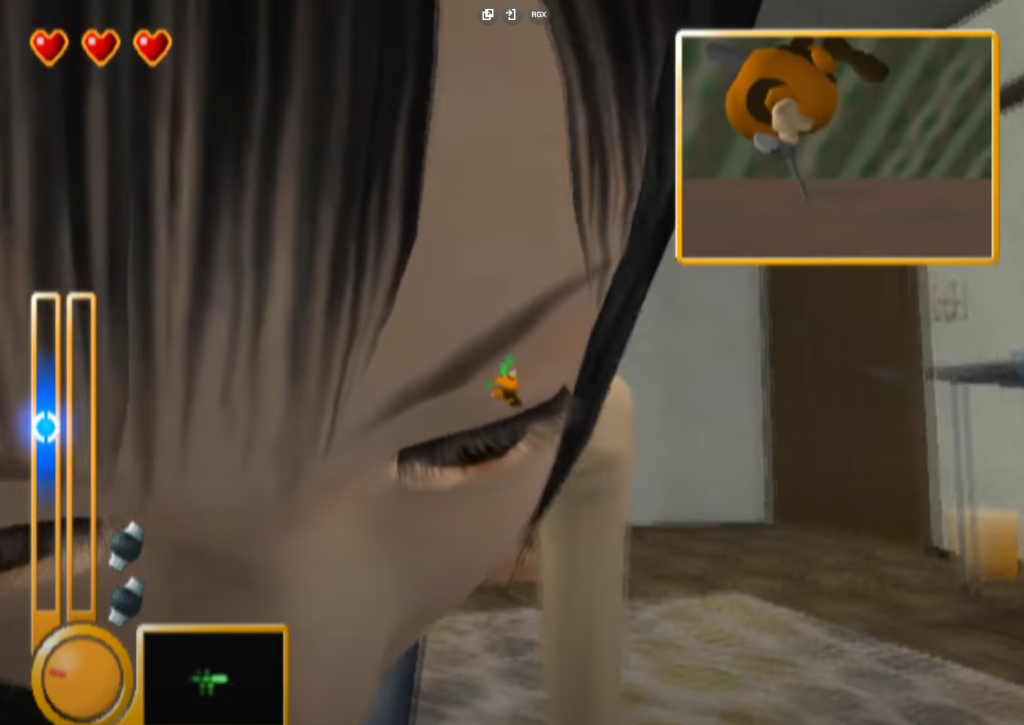
Mister Mosquito (PS2)
After Metal Gear Solid made stealth games a thing overnight, it was only a matter of time until they got weird. In 2001, we got Mister Mosquito, a stealth game where you played as a Mosquito whose mission was to suck blood out of a family without getting noticed.
Mister Mosquito was very weird, even when not being lewd, which it sometimes was. I never finished Mister Mosquito because the novelty wore off rather quickly for me. Still, I’ll never forget expecting something akin to an actual simulator, only to find myself piloting a mosquito that behaved like a Mecha from an anime game, thrusters and targeting systems included.
LSD: Dream Emulator (PS1)
Though it’s one of the older titles on this list, LSD remains the go to game whenever someone mentions peak PlayStation games weirdness. I understand why, as you’ll have a hard time taking a screenshot that doesn’t feel like a picture taken straight out of a dream.
Interestingly, however, LSD is barely a game. There are no objectives, challenges or even a plot to speak of. It’s less like rescuing the princess from the castle, more like a chill trip through the Windows 95 screensaver museum. It doesn’t get more unique than this.
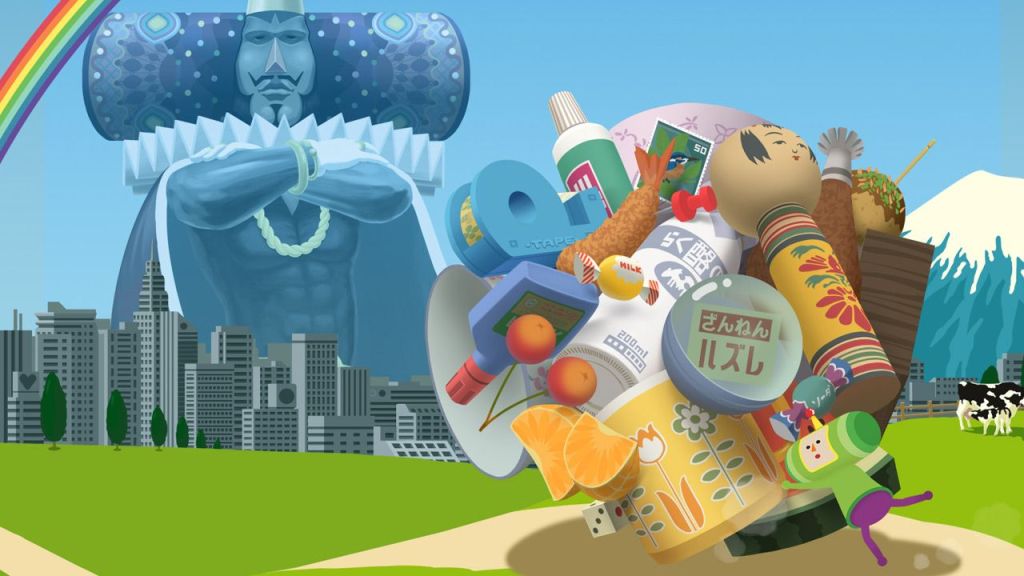
Katamari Damacy (PS2)
A simple way of describing Katamari Damacy is as “that game where you roll everything into a ball”. But, as soon as you’re done talking, someone will go “everything? Like, I’m pretty sure you can’t capture the sun”. That smartass is wrong.
In Katamari, we play as The Prince. We’re tasked by King Of All Cosmos with, well, rolling everything into a ball. We start off small, then, as the ball gets bigger with all the stuff it has picked up, we gain the ability to capture ever-larger objects. Katamari Damacy is weird, funny, easy to grasp, and also a fantastically innocent showcase of the PlayStation 2’s power.
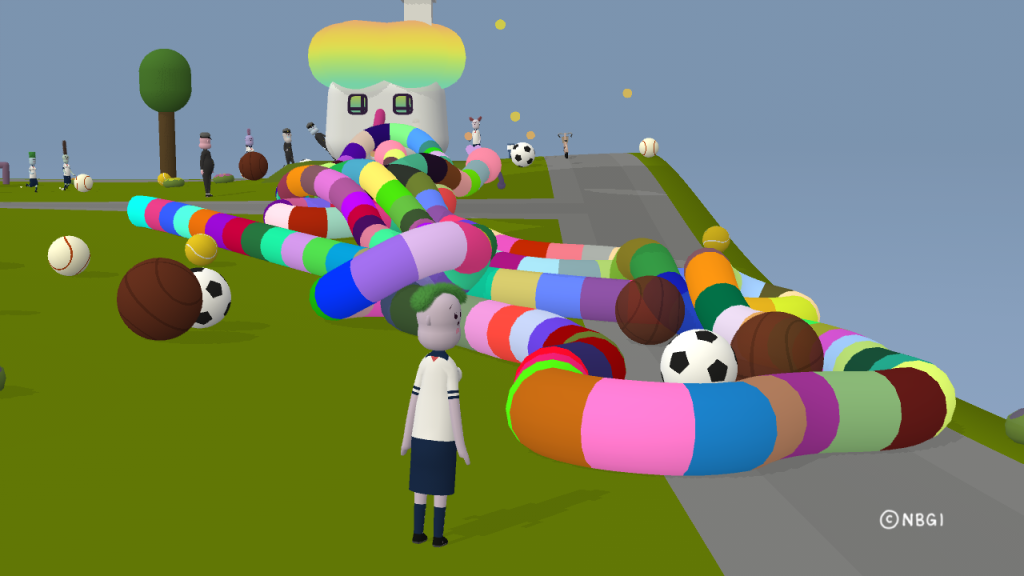
Noby Noby Boy (PS3)
If you found Katamari Damacy weird, nothing can prepare you for Noby Noby Boy.
Controls-wise, Noby Noby Boy is as simple as it is strange. You play as a sort of animal with a face on both ends of its body. This animal eats objects to gain the ability to stretch from both ends to an unbelievable size. Having players use the left and right analog sticks to make each respective side grow was a seemingly intuitive design choice, though it doesn’t really make the game any less confusing.
Players are used to only controlling one character at a time, and Noby Noby Boy has you embodying two gigantic twizzlers at the same time.
And, even with all that, I’ve yet to mention the most peculiar part about Noby Noby Boy. Though it looks like any other kid-friendly platformer where you’re just supposed to save the world, Noby Noby Boy had galaxy-spanning ambitions. You see, Noby Noby Boy’s girlfriend wasn’t in another castle, she was on another planet.
Noby’s objective was growing to the point of reaching his girlfriend across the stars, so the game recorded every single inch grown by every single player and added it to a grand total. Once the grand total of all Nobys on the Internet had grown long enough to permeate the distance between them, then Noby would have reached its goal. And guess what? It totally did only six years after the game’s release. Sadly, this beautiful experiment in growth and cooperation has been delisted from the PlayStation Store.
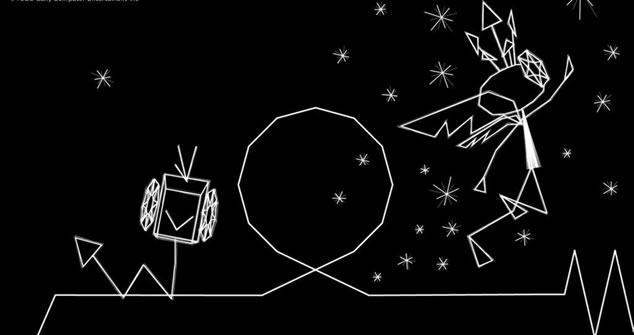
Vib Ribbon (PS1)
Upon first glance, it’s clear that you can do weirder and more minimalistic than Vib Ribbon when it comes to graphics, but the gameplay is up there as well. Vib Ribbon combines elements of side-scrolling with those of a rythm game. Players are walking on a treadmill that will bring obstacles based on the intensity of the game’s soundtrack.
The original Xbox got a lot of deserved love by allowing you to play whatever soundtrack over your games, but Vib Ribbon did it first — and with a twist. You could amp up or lower the game’s difficulty by getting the Vib Ribbon CD out of the console and replacing it with whatever music CD of your choice. This gave players the chance not only to have their desired soundtrack, but to also have it influence the game itself.
Kula World (PS1)
The original PlayStation was the console that really got the ball running for 3D graphics, and Kula World shows that in the most literal of ways. You play as a beach ball as it fully navigates and flips over floating 3D labyrinths to find keys and get to the next level. It’s a platformer like no other. The closest comparison I can think of is Fez if Fez had been done over ten years prior, and in 3D.
It also had a pretty neat and ethereal soundtrack. An inferior version of Kula World would easily dominate the mobile gaming landscape had it been released later, but this way it has the honor of being the strange game about being a beach ball that was ahead of its time.
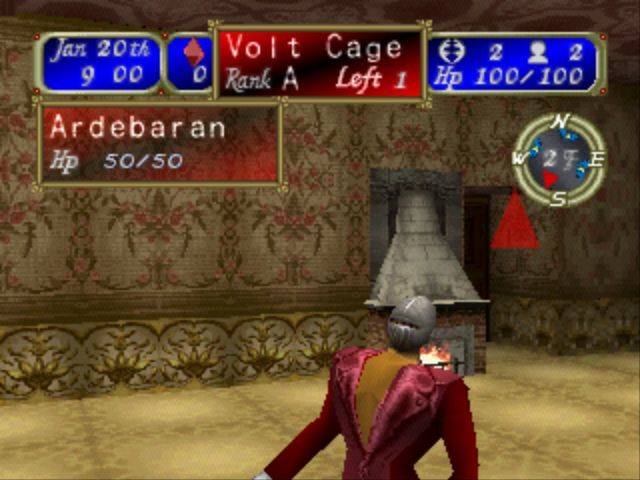
Tecmo’s Deception: Invitation to Darkness
“James Bond villain” is a term often associated with rich guys in possession of a lair of sorts filled with all sorts of deadly gadgets he’d gladly use against the good guys. In most movies and games, we tend to go against the James Bond villain-type guy. That, however, is not the case in Tecmo’s Deception. Here, we play not as the hero, not as the actual villain, but as the villain’s employee who’s tasked with making the lair as dangerous as possible to prevent adventurers from breaking in.
Being bad provides some unique fun in a game that sadly didn’t spawn an entire genre .

Incredible Crisis (PS1)
As far as simplicity goes, you’ll have a hard time beating Incredible Crisis. Most of the game’s many challenges don’t require players do more than just hit the same button repeatedly – think the torture from Metal Gear Solid, but (even) funnier.
Still, simplicity doesn’t equate to normalcy, and the setting of Incredible Crisis definitely doesn’t, either. It tells the story of a hopefully very specific point in time for a Japanese family where every member is dealing with trials, tribulations, and freak accidents worthy of a PG-13 version of Final Destination. It has been a long time, but I’m still hard pressed to think of a game that made kid me laugh as much as this one.
Kowloon’s Gate
In the now-gone Kowloon Walled City, a relatively small place in China which illegally grew into most densely-populated city in history, Kowloon’s Gate found one of the most mesmerizing settings in the history of gaming.
Kowloon’s Gate’s simple plot of having to find a number of magical symbols to save the world is quickly forgotten as soon as we begin to marvel at the eerily amazing visuals of cutscenes and the game’s areas.
If you’re looking for a game capable of making you feel like you’re visiting a doomed techno megalopolis in the ’90s, then this is the one for you.
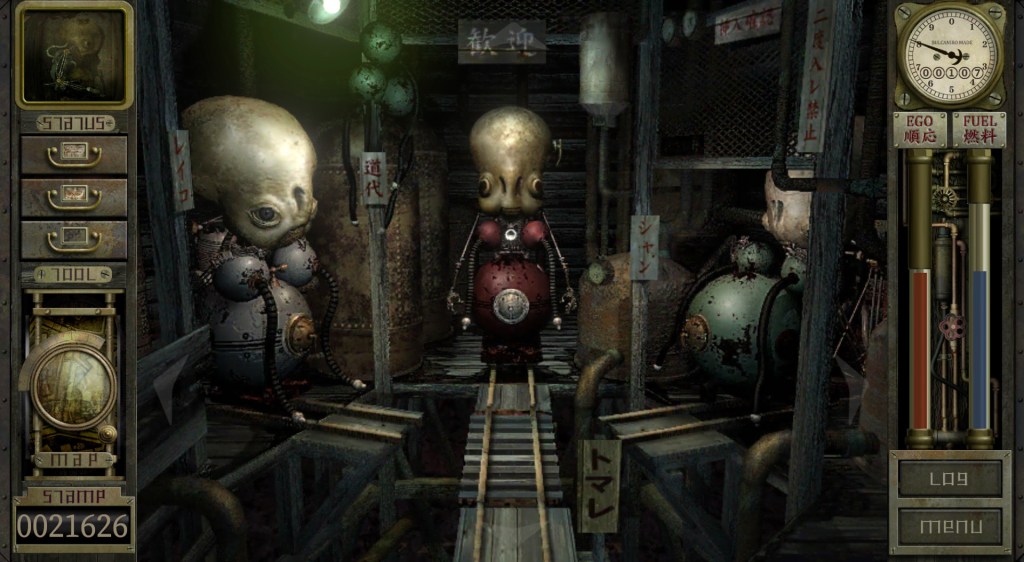
Garage: Bad Dream Adventure (PS1)
In my opinion, Garage is the holy grail of strange horror games. And, if Kowloon’s Gate got you interested in the subject of Kowloon, then you should definitely try it out.
While it plays more or less like a classic point & click adventure in a fantastical setting based on Kowloon, everything seems deliberately much more obtuse than it needed to be. Garage takes the technology-meets-hell visuals seen in Kowloon’s Gate to unimaginable heights, and adds an infinitely disturbing plot that I’d honestly have a hard time describing here.
The history of Garage is almost as interesting as the game itself. It only came out in Japan in the late ’90s in a release so limited that Garage became a thing of myth shortly after release. For two decades, many thought Garage was a game made up by Internet trolls to fool people, but someone was lucky enough to find an actual copy and put the whole thing online to prove its existence. It was only in 2022, 23 years after its original release, that Garage saw an English language release that you can now play on Steam.








